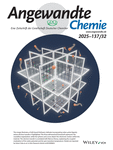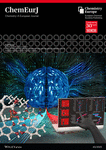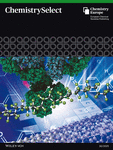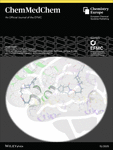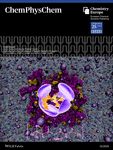Journal list menu
For full article and contact information, see Angew. Chem. Int. Ed. 1998, 37 (19), 2700 - 2719
Sharp sword forged anew
Scientists succeed in the first total synthesis
of the important antibiotic Vancomycin
If nothing else helps to fight a serious infection, today's physicians turn to the antibiotic Vancomycin, one of the final agents that still help against extremely resistant, potentially lethal germs such as the penicillin-resistant Staphylococcus aureus. Though it was discovered in a fungus as early as 1956, up to now there was no way in which this medicine could be synthesized starting from simple building blocks. The race for the total synthesis of this agent that broke out several years ago has now been determined. The first to present a detailed synthesis route were chemists in the research group of Harvard's natural product expert David A. Evans. Finishing second - and only a few days later - was a team working for chemist K.C. Nicolaou of the Californian Scripps Research Institute.
Many pharmaceutical agents that are isolated from organisms such as fungi, bacterial species, algae and several higher living beings have a very complex structure. Therefore their reproduction in a laboratory is considered by chemists to be a work of art. For example, the Evans synthesis of Vancomycin comprises 40 steps from the simplest starting chemicals to the final product, which is identical to the natural agent.
The Vancomycin molecule contains 174 carbon, hydrogen, nitrogen, and oxygen atoms and 2 chlorine atoms (as a comparison, the basic structure of penicillin only contains 26 atoms). Special challenges for the chemists included three building elements that are actually flexible but hindered within the bulky original molecule with respect to rotation about their long axis, just like gear wheels that block each other. The chemists therefore had to choose a synthesis route that not only leaves all atoms in the right place, but also holds these elements in the right position. That's because only the right "gear position" gives the molecule the external form that is so important for the antibacterial activity.
The new total syntheses certainly do not compete with the production method used so far, in which the agent is obtained from microorganisms. The researchers rather hope to design and test new varieties of this agent by introducing small variations in the Vancomycin molecular framework, since there are already bacteria strains that have even become resistant against this "super antibiotic".






